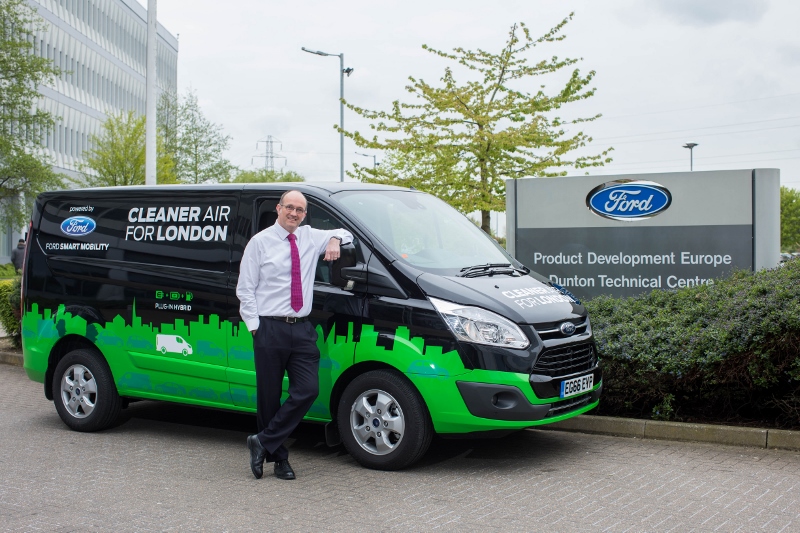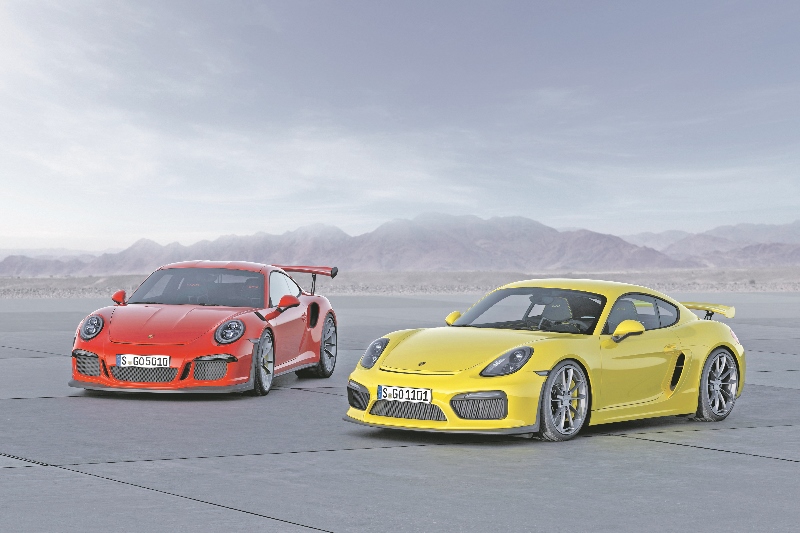
Porsche has finally pulled the covers off its new Panamera 4 E-Hybrid model at the 2016 Paris Motor Show.
The second-generation car follows the reveal of the Panamera 4S, 4S Diesel and Turbo two months ago.
The new plug-in hybrid is the fourth variant to join the second-generation Panamera line-up, and is capable of travelling 31 miles on battery power alone.
Priced at £79,715, it is powered by a 2.9-litre V6 biturbo petrol engine that produces 326bhp, as well as a 134bhp electric motor, giving the 4 E-Hybrid a combined power output of 460bhp and 700Nm of torque.
This drivetrain combination, which sends power to all four wheels, allows the Panamera 4 E-Hybrid to accelerate from 0-62mph in 4.6 seconds, and gives a top speed of 173mph.
Porsche claims the hybrid Panamera can achieve a fuel consumption figure of 113mpg in the New European Driving Cycle (NEDC) for plug-in hybrid models, with CO2 emissions of just 52g/km.
Together, the combustion engine and electric motor provide combined system outputs of 456bhp and 516lb ft. This provides the Panamera 4 E-Hybrid with 46bhp and 81lb ft more than the first-generation Panamera S E-Hybrid it replaces in the Porsche line-up.

It is also 22bhp and 111lb ft up on the second-generation Panamera 4S, which is powered by a more heavily tuned version of Porsche’s twin-turbocharged 2.9-litre V6, albeit without the assistance of an electric motor.
Significantly, Porsche has altered the programming of the electric motor to provide greater emphasis on performance. It now works in tandem with the petrol engine the moment the throttle is depressed. Previously, the throttle needed to be 80% engaged before the reserves of the electric motor were combined with those of the combustion engine in an earlier strategy aimed at optimising economy.
According to Porsche, the new programming is based on that originally developed for the 918 Spyder. It allows the driver to call up additional power from the electric motor at all times.
The result is a 0.9sec reduction in the 0-62mph time along with a 5mph increase in top speed over the superseded Panamera S E-Hybrid. Despite this, the new model’s average CO2 emissions are just 56g/km on the European test cycle.
Porsche’s Sport Chrono Package is included as standard and includes “Sport” and “Sport Plus” driving modes. Hybrid-specific “E-Power”, “Hybrid Auto”, “E-Hold” and “E-Charge” modes also feature on the new car.

The new car always starts up in E-Power mode, while Hybrid-Auto mode combines the petrol and electric motors for optimum efficiency. E-Hold mode allows drivers to conserve the current state of charge, allowing them to switch to all-electric mode when needed. E-Charge mode charges the battery by running the petrol engine at a higher power output than is required for regular driving.
Porsche says the battery can be charged in 5.8 hours using a standard 3.6kW charger, while an optional 7.2kW charger is claimed to reduce the charging time to 3.6 hours. Charging can be started via the Porsche Communication Management infotainment system or remotely via the Porsche Car Connect app. An auxiliary air conditioner also now allows the cabin to be cooled during charging.














